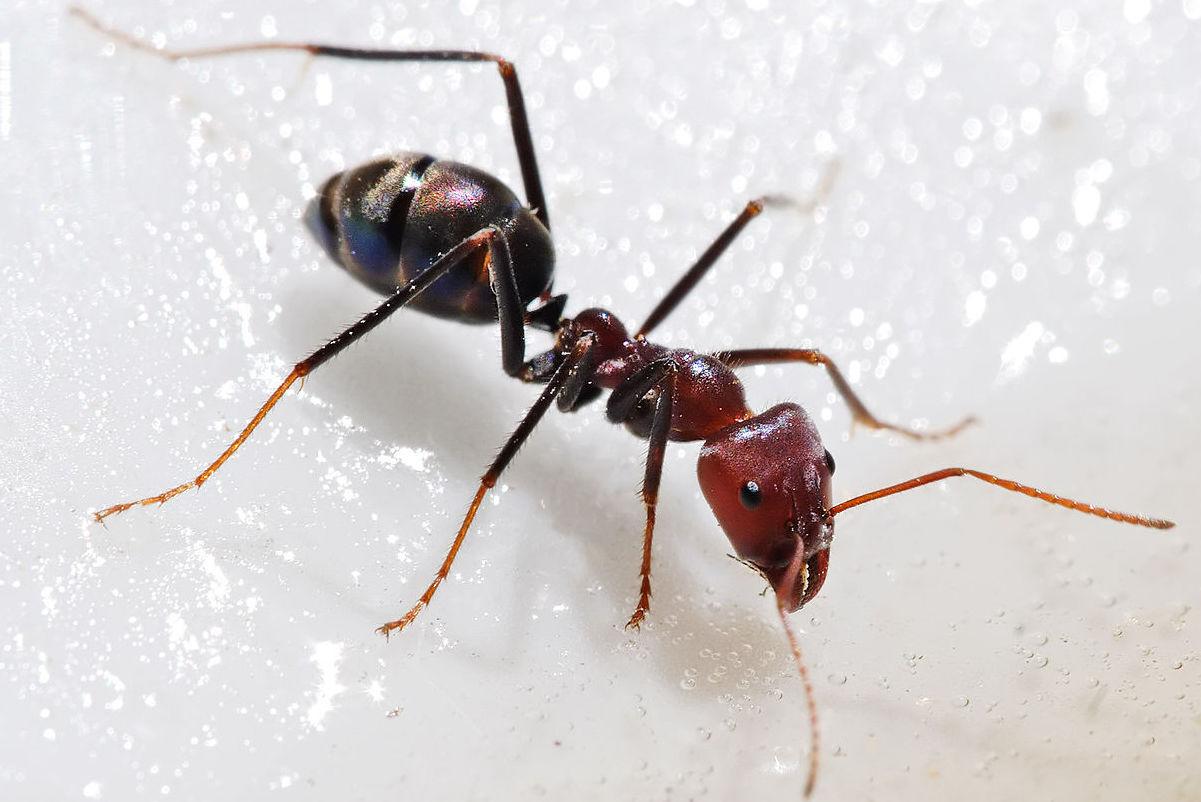Y: Don, I hate ants.
D: Why is that, Yaël?
Y: They are all over my kitchen counter.
D: That's probably because you left food out for them to find. Once one ant finds food, it leaves a pheromone scent trail so others can find the way with their antennae.
Y: They're certainly not wasting any time. Those antennae are good detectors.
D: Did you know that ant antennae not only pick up information, they can also give information.
Y: Really? I didn't realize that.
D: One hundred twenty five years ago, it was first discovered that antennae were being used to receive chemical information through touch. I guess everyone just assumed that was their only purpose.
Y: So, no one did any research to see if they had another function?
D: Not until University of Melbourne scientists conducted some experiments. Ants have a waxy layer that covers their body made of cuticular hydrocarbon molecules. These unique hydrocarbons protect the ants from dehydration, and identify which colony each ant is from. Identification is important so that foreign ants or other insects don't invade the colony. Since the antennae are also covered with hydrocarbons, scientists wondered what would happen if they removed the covering just from the antennae.
Y: Let me guess. Ants couldn't tell each other's colony identity.
D: That's right. Ants use only their antenna hydrocarbons to tell other ants which colony an individual is from.
Y: So, how do I communicate to the ants that they are in my colony, and I want them out of my kitchen?
D: I don't think we have the answer to that one, Yaël.









